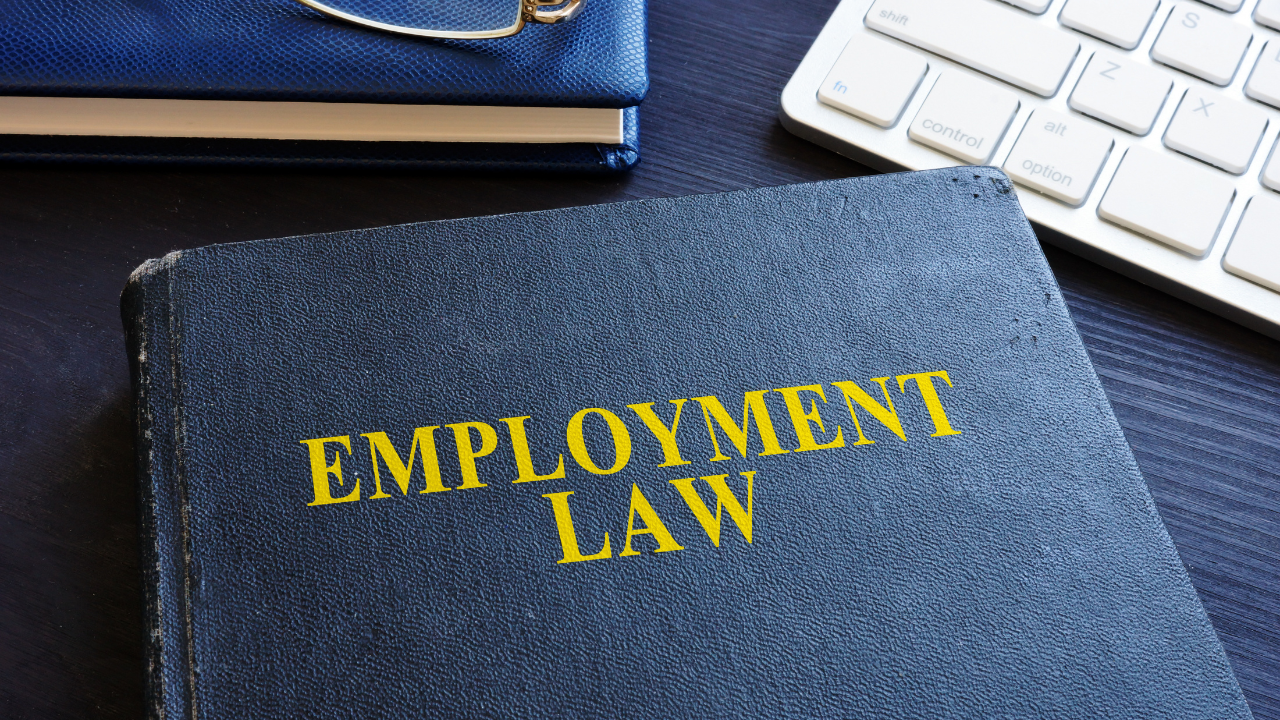In order to help the many businesses going through an unprecedented time of uncertainty, we have prepared these Frequently Asked Questions (FAQs) for employers around Coronavirus (COVID-19).
Read more: Coronavirus FAQs: general employment law and HR
Q: What action should employers be taking now?
The action an employer should be taking will depend upon the nature of the workplace, the roles carried out and the demographic of the workforce, but some of the issues that employers should consider from an employment law perspective include:
- The employer’s approach to sick pay in the various scenarios. An employer should consider its contractual sick pay policy and the practical implications on withholding pay or reducing pay to statutory sick pay (SSP). An employer will want to balance the costs of paying full pay where they are not legally obliged to do so with the indirect costs (in terms of spreading the virus and increasing sickness absence) where employees attend work following potential exposure to the virus, or even when exhibiting symptoms of it, in order to continue receiving pay. Some employers are introducing a new right to full pay for a finite period, in circumstances where the employees would otherwise be in receipt of nil pay or SSP.
- Consideration should be given to how absence management processes and trigger points may be adjusted to reflect self-isolation and high numbers of diagnosed cases.
- Whether the infrastructure is in place to allow large numbers of employees to work from home. Is the IT system prepared for a high number of employees to work remotely? Do employees have the hardware necessary to work from home? Will additional guidance need to be issued to reduce demand on the IT systems if many people will be working remotely simultaneously?
- Compliance with government, Public Health England and WHO guidance on hygiene in the workplace, and other preventative measures.
- Some employers are physically separating the workforce into separate units in an attempt to minimise the risk of COVID-19 spreading throughout the whole workforce.
- Consider appointing a coronavirus taskforce who are responsible for keeping track of developments, updating internal guidance and communicating with workers. Consider whether a dedicated intranet page is required.
- Clear communication with workers on the employer’s policy on homeworking, work travel and precautionary isolation. Provide regular updates. Ensure that employees are asked to speak to their manager upon return from any overseas travel prior to attending the workplace and that they are notified of the government’s position on self-isolation as it develops, as well as the employer’s position if more stringent.
- Ensure that employees have provided up to date personal details.
- Plan for mass closures of schools and nurseries. Identify business-critical roles and how they can be maintained. Consider what pay employees will receive if they work part-time to fit around childcare, and the benefits of acting flexibly to allow as many employees as possible to continue working. Consider whether the business would be best served by encouraging employees to work flexibly and making that facility available, or by encouraging the use of statutory rights to time off to care for dependents, annual leave or parental leave.
- Provide clear information to managers on how to deal with an employee who attends work displaying symptoms, or who has potentially been exposed to the virus.
- Identify any high-risk employees and consider whether there are any potential discrimination implications which mean a more cautious approach is required.
- Critically consider whether any domestic and international work travel and events are necessary. Consider whether internal meetings can be carried out through virtual meetings.
- Where travel is necessary to high-risk areas, consider what protective measures should be put in place and ensure that protective equipment is sourced and ordered.
- Identify the minimum safe level of workers required to continue operating, and how that can be maintained in the worst-case scenario. Identify the point at which the business may need to cease operating temporarily and consider the employment law consequences.
Q: If the workplace temporarily closes due to insufficient numbers of employees being able to attend work or the impact of government restrictions, what pay are employees entitled to?
This will depend upon a number of factors including the circumstances of the employees’ absence. We have also assumed that alternative to closure (such as finding temporary cover to fill the gaps in the workforce or introducing homeworking) have not prevented the closure.
On the basis that the employer envisages that the closure will be temporary and that it intends to reopen once enough employees are able to attend and any government restrictions allow it to do so, those who are already being treated as unable to work due to either self-isolation or diagnosis with COVID-19 will remain on sick leave until they are fit to return to work. At that point, they will be treated the same as the employees who were sent home at the point of closure. Appropriate communication should take place to ensure that they are aware of their position, and any transition from sick leave to another form of leave or lay-off.
Any temporary closure of the business will be treated as the employer’s decision and so, in principle, the employees will remain entitled to full pay unless there is no contractual requirement to offer work (which may be the case for casual employees). This is on the basis that those who are not on sick leave are willing and able to work, and it is their employer’s decision to temporarily close the workplace which is preventing them from performing duties.
For most employers, this will present significant economic hardship: if the business if forced to close and cut off revenue, but also required to continue paying employees then it is easy to see how this could potentially lead to permanent closures, insolvency and redundancies. The government has announced a number of measures to help businesses survive the economic hardship caused by the pandemic. However, it is likely that many will need to take action to reduce the payroll on a temporary basis. Some of the options include:
- Consulting with employees and trade unions or other representative bodies and try to agree a temporary reduction in pay and benefits for the duration of the crisis. Under normal circumstances, employees and their representatives would be unlikely to agree to such measures. However, where the alternative is closure and job losses, there may be more of an appetite to reach an agreement.
- Considering lay-off, if the employer has the contractual right to take that approach. If the employer does not have the contractual right to lay-off then it may either take the risk in doing so in breach of contract or try to obtain consent to do so.
- Give notice to workers to take holiday. Employers are entitled to give notice to workers to take statutory annual leave, provided there is no contrary contractual right. Although this would not save the employer money in the short term, it would ensure a full workforce once the business reopens and allow full focus on rebuilding the business.
- Seek volunteers to take unpaid leave.
- Seek volunteers for voluntary redundancy.
- Consider whether there are workers and contractors whose contracts can be terminated without the risk of an unfair dismissal or redundancy payment claim.
- If the longer-term impact of the pandemic is likely to mean that a reduced headcount will be required even when the business reopens then an employer may need to consider redundancies.
Q: In what circumstances should the employer consider lay-off and short-time working?
Laying off employees means that the employer provides employees with no work (and no pay) for a period while retaining them as employees; short-time working means providing employees with less work (and less pay) for a period while retaining them as employees. These are temporary solution to the problem of no or less work. However, if employees are laid-off or put on short-time working in circumstances where the employer does not have the contractual right to do so then the employer will be in fundamental breach of contract entitling the employee to resign and claim constructive dismissal.
Lay-off may need to be considered in the following scenarios:
- A downturn in work due to the effect of COVID-19 on suppliers and customers means that fewer employees are required on a temporary basis.
- Temporary closure of the workplace due to insufficient employees being able to work
Short-time working may need to be considered where there is:
- A downturn in work due to the effect of COVID-19 on suppliers and customers meaning that the business does not need all employees to work their contracted hours.
Employees who are already unable to work, for example, due to sickness or (arguably) medically advised self-isolation, cannot be laid-off.
Q: What help is offered by the government for struggling employers?
In the Spring 2020 Budget, the government announced several measures to help employers who are struggling with the economic consequences of COVID-19. These include business rates reliefs, a Coronavirus Business Interruption Loan Scheme, a grant scheme for small businesses, and a dedicated helpline for those who need a deferral period on their tax liabilities.
















